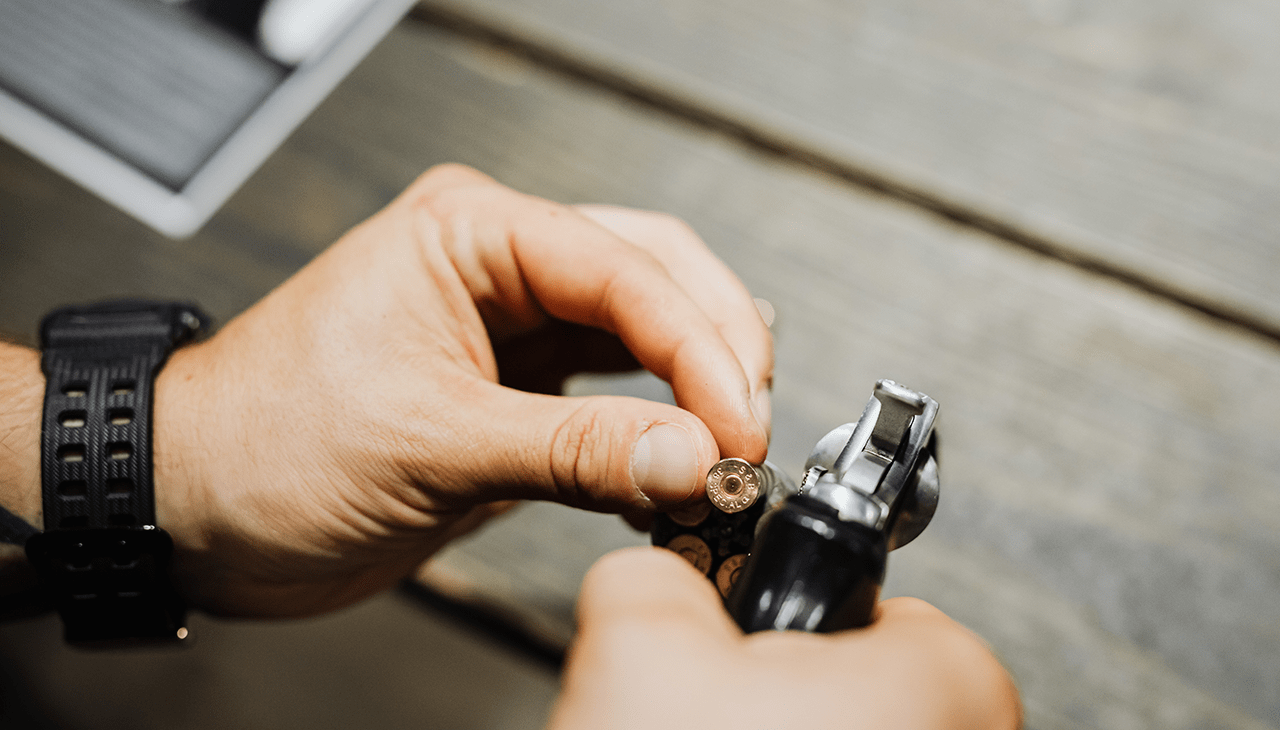From the very beginnings of recorded history, humans have sought to develop weapons and destructive technologies. For centuries, one of the main tools of heavy destruction has been firearms. Guns have a long and varied history stretching back further than most people would suspect – even as far back as the invention of gunpowder, over 1000 years ago! In this article, we’ll take a brief look at how guns developed from their first incarnation to modern-day technology – uncovering some interesting facts along the way.
Pre-Gunpowder History – Firearms in Ancient and Medieval Times
Early humans used weapons like bows and arrows, slingshots, and spears for hunting and defense. It wasn’t until the invention of gunpowder that firearms began to emerge.
The first recorded use of gunpowder in warfare dates back to the Tang dynasty in China in the 9th century. The Chinese used early versions of guns, known as fire lances, that were essentially bamboo tubes filled with gunpowder and shrapnel.
By the 13th century, firearms had made their way to the Middle East and Europe. The first European firearm was the hand cannon, a simple tube that was lit by a fuse. Hand cannons were used by medieval armies and were instrumental in the defeat of cavalry charges.
In the 15th century, the matchlock musket was invented, which used a slow-burning match to ignite gunpowder. This was followed by the wheellock and the snaphance, which both used flints to strike sparks and ignite the gunpowder.
Throughout the medieval period, firearms continued to develop and improve, becoming increasingly powerful and accurate. Today, guns are an integral part of modern warfare and society as a whole.
Development of Gunpowder and Its Impact on Early Firearms
Gunpowder is believed to have been invented in China during the 9th century. Its invention was accidental as it was originally made by alchemists searching for the elixir of life. However, its explosive properties were quickly realized and it began to be used in warfare.
The development of gunpowder had a profound impact on the evolution of firearms. Its use as a propellant transformed early firearms like the fire lance into deadly and powerful weapons. The ability to launch projectiles at high speeds and over long distances revolutionized warfare and had a significant impact on the balance of power between civilizations.
Early firearms were primitive by modern standards and were often unreliable, but they offered a distinct advantage over traditional melee weapons. Firearms made it possible for small armies to defeat much larger forces, as was the case in several battles during the medieval period.
As firearms evolved, new technologies and innovations were introduced. The invention of the matchlock musket, for example, made firing a firearm much safer and more reliable, while the development of rifling increased accuracy and range.
The impact of firearms on warfare was significant. Battles became deadlier and the logistics of war changed entirely. Armies had to be equipped with large stores of gunpowder and ammunition, and skilled gunners became essential for successful military campaigns. With the rise of firearms, the age of armored knights came to an end and the power of the aristocracy began to diminish as firearms became more widely available.
Today, guns are prevalent in many parts of the world and continue to evolve with new technologies. While controversial, their impact on history and warfare cannot be denied.
The Invention of the Matchlock Musket and its Role in Warfare
The matchlock musket was one of the first firearms to make use of gunpowder technology, and it played an important role in warfare as a result. Its simple construction allowed it to be produced quickly and cheaply, making it accessible to a wider range of people than earlier weapons had been. It was also more accurate than most other firearms available at the time, leading to its widespread use by armies around Europe during the 16th century.
Rise of the Rifled Barrel and Breech Loading Mechanisms
In the 19th century, firearms began to feature rifled barrels – designed with spiral grooves inside the barrel. This allowed the projectile to spin as it exited the gun, improving accuracy significantly. In addition, breech-loading mechanisms began to be developed, allowing bullets to be loaded directly into the chamber of the gun rather than having to load them from a muzzle.
Emergence of Revolvers, Semi-Automatics, and Automatic Weapons
The American Civil War saw advancements in firearms technology that would shape modern guns significantly. The revolver was invented during this period and went on to become one of the most popular handguns ever made due to its ability to fire multiple shots without reloading. Later on, semi-automatic and automatic weapons were developed, allowing a massive increase in the amount of firepower an individual could wield.
The Evolution of Modern Firearms Technology
Today, firearms are some of the most advanced weapons ever created by humans. Advances in technology have allowed for increased accuracy and power, as well as features such as laser sights and suppressors to make them even more effective tools. Despite their controversial nature, guns remain an important part of modern life – whether it’s hunting game or self-defense, they serve many practical uses in our society today.
